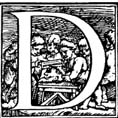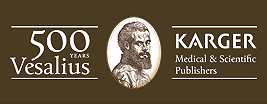
e humani corporis fabrica is considered the quintessential anatomical masterpiece. As the first comprehensive translation in English, The Fabric of the Human Body will be a must-have for all scholars of anatomy and medical history. Its appeal reaches a far broader audience, extending beyond pragmatic utility to demanding a space on the shelves of all who covet fine books.
- The exquisite illustrations, historical signifi-cance, high quality, and special features, such as the development of a new typeface, will make all book lovers want to own a copy of this edition.
- Libraries will need the book as it will prove itself indispensable for scholars. It takes the reader beneath the surface of a key text of Renaissance learning and is an opening salvo in the movement toward scientific revolution. The Fabric of the Human Body demonstrates the new scientific movement in action as a primary document of Early Modern thought by one of its creators.
- Medical historians will find this edition indispensable as a benchmark identifying the state of the art of human anatomy at the dawning of the scientific revolution.
- Physicians, anatomists, surgeons and medical faculties will gain a new sense of their craft from the history and the ancient culture of medicine presented in this book, considered the greatest of all medical writings. It lends transparency to Early Modern medical science and enables researchers to place their research into a historical framework.
- Historians, artists, art historians and classical philologists will find a doorway depicting many facets of 16th-century life, from children’s games to pathology. The woodcut images, celebrated in their own right with an iconic place in Early Modern European art and now digitally reconstructed to their original clarity, are a standard of reference for their era and offer a glimpse into a vital stage in printing history. Classical philologists will find this translation a valuable key to the difficult humanistic Latin of the original, which had evolved as a learned style of classical Latin.
- Typography and printing enthusiasts will appreciate the state-of-the-art typography in a modern edition of a 16th-century showpiece by one of the most celebrated printers in Europe at the time. This edition takes the Fabrica full circle being published once again in Basel, Switzerland, the very city where Vesalius supervised the printing of his original work nearly 500 years ago.
- Design aficionados will also be interested in the development of a new typeface, Basel Antiqua, based on the original typeface integral to the first printing of Vesalius’ volume.
